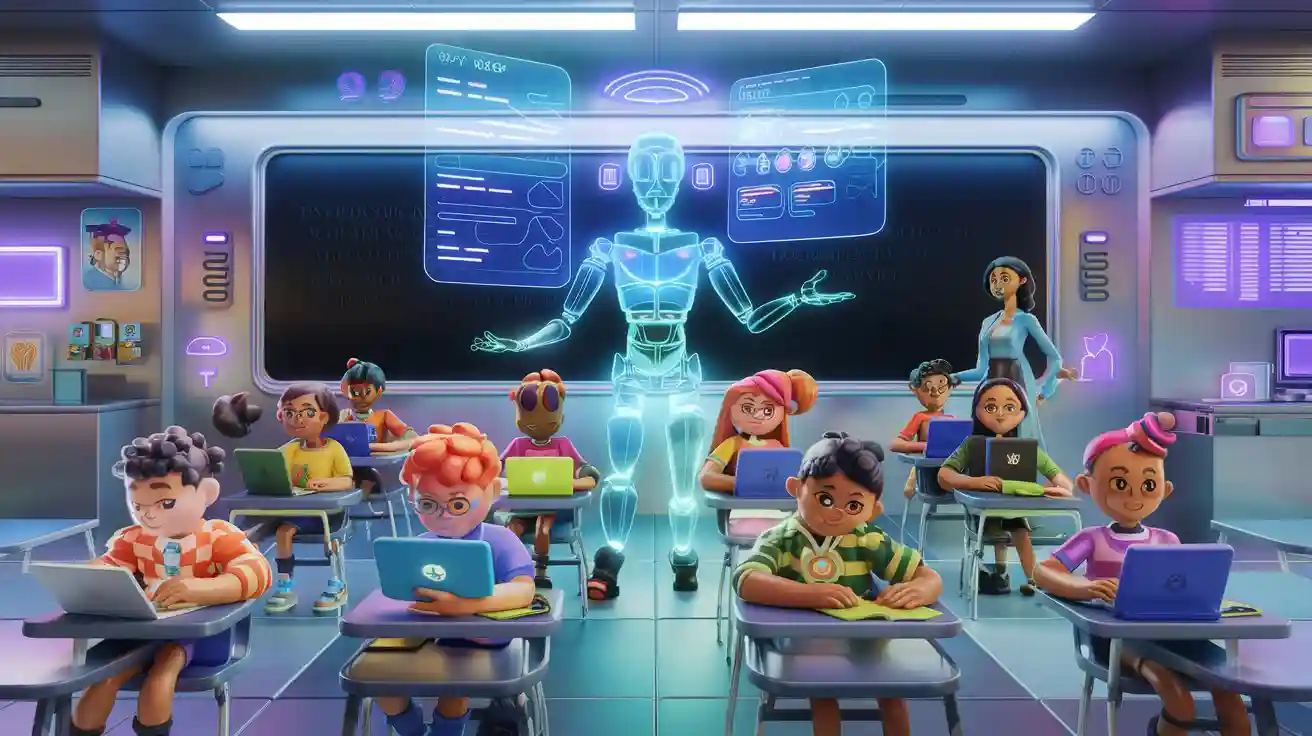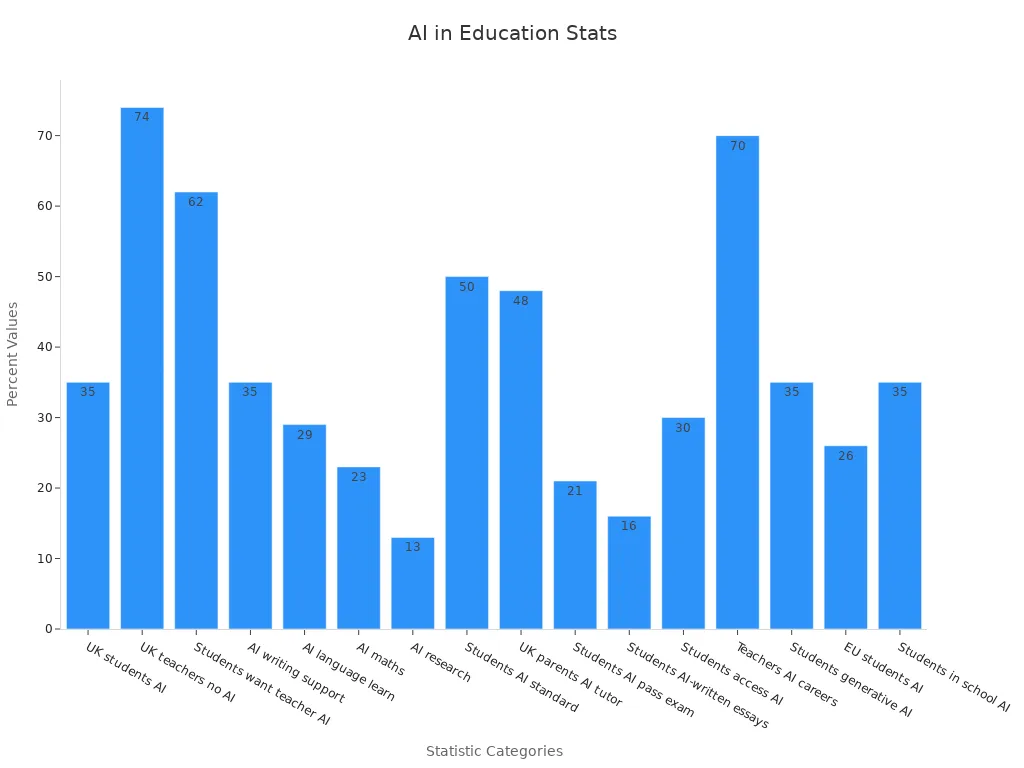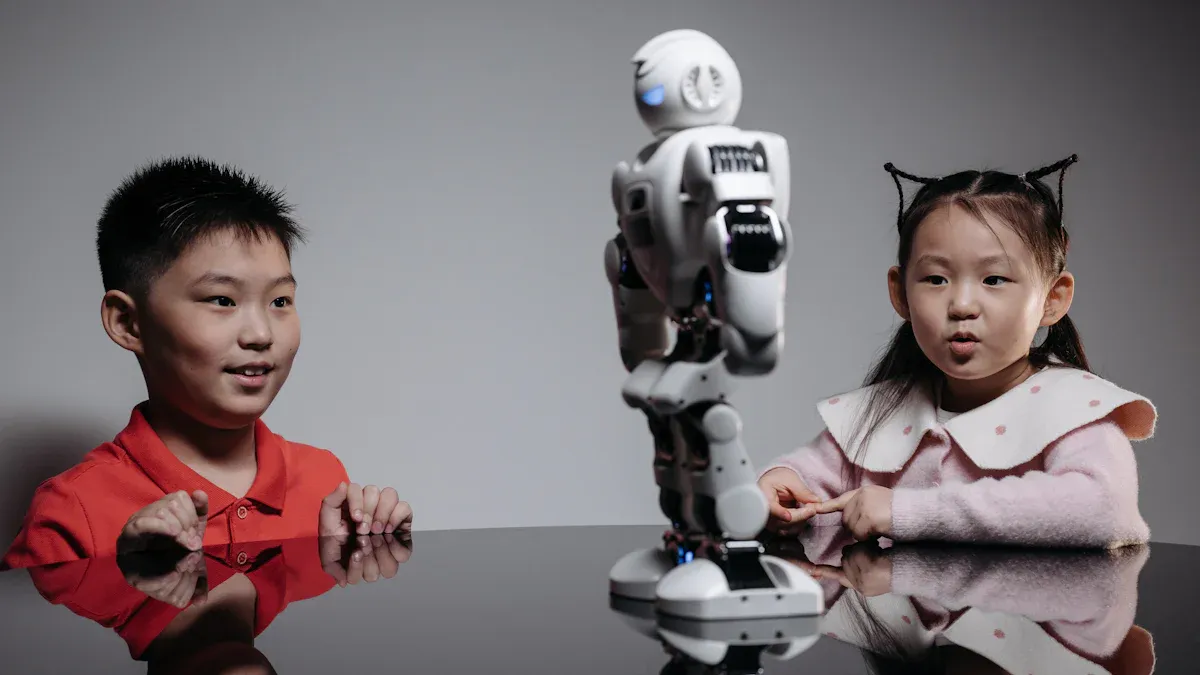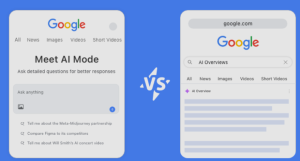
Imagine you walk into your classroom and an AI-powered platform instantly adjusts your lesson, helping you focus on areas you find most challenging. Recent studies show 70% of students now use AI tools for studying and assignments, shifting how you experience personalized learning paths in 2025.

Key Takeaways
-
AI makes lessons that fit each student’s needs and speed.
-
This helps students learn better and stay interested in class.
-
AI tools give quick feedback and fix mistakes right away.
-
This helps students improve and makes less work for teachers.
-
Schools should use AI in a safe and fair way.
-
They must keep student data safe and let everyone use AI tools.
AI in the Classroom

Adaptive Platforms
AI-powered adaptive platforms analyze your learning data to create tailored experiences. These systems track your progress, identify areas where you struggle, and adjust the content to match your pace and learning style. For example, platforms like PLUS Tutors have nearly doubled middle school math progress for low-income students by delivering customized lessons that focus on individual needs.
Adaptive platforms also scale efficiently, serving diverse learners across different subjects. A case study from Haryana schools demonstrated a 44% average improvement in learning outcomes for nearly 20,000 students using the iPrep PAL platform. This success highlights how adaptive learning tools can transform education by personalizing instruction for each student.
Real-Time Feedback
Imagine receiving instant feedback on your assignments that not only corrects errors but also explains why they occurred. AI systems provide real-time feedback by continuously analyzing your performance and adjusting content difficulty to keep you in your optimal learning zone. This immediate response helps you correct mistakes faster and retain information longer.
For example, interactive AI tutors offer 24/7 support, identifying misconceptions and providing targeted help. These tools enhance motivation and engagement through gamified challenges and adaptive instruction. Studies show that real-time feedback reduces test anxiety and improves academic performance, creating a supportive learning environment.
Teachers also benefit from these systems. AI provides detailed insights into student performance, enabling educators to make precise, data-driven adjustments to their teaching strategies. This collaboration between AI and teachers ensures that you receive the best possible support.
Personalized Learning Paths
Personalized learning paths are at the heart of AI-driven education. These paths adapt to your unique needs, strengths, and pace, ensuring that you master concepts before moving forward. For instance, competency-based progression models allow you to advance upon mastering skills rather than being restricted by age or grade levels.
AI tools like ASSISTments have consistently accelerated math gains in middle school students by tailoring content delivery to individual learning styles. These platforms use real-time analytics to identify knowledge gaps and guide effective interventions. As a result, you experience faster skill development and deeper engagement with the material.
Custom-tailored assignments further enhance your learning experience. AI analyzes your data—such as time spent on tasks and error patterns—to adjust content difficulty and presentation. This approach not only improves academic outcomes but also supports diverse learners, including those with ADHD or dyslexia.
Benefits and Challenges
Student Engagement
You experience higher engagement when AI tools personalize your learning. Many schools report that students using AI-powered platforms feel more motivated and involved in their studies. For example:
-
Miami Dade College saw a 25% increase in summer enrollment for AI-enhanced courses.
-
Students using AI tools often achieve higher pass rates and deeper understanding.
-
UNESCO found that AI tutoring systems can improve student performance by up to 30%.
-
AI helps identify students who need extra support, leading to better graduation rates.
-
Personalized instruction increased student engagement by 23% in computational thinking courses.
A recent study also showed that students using AI tools interact more with course content and feel more in control of their learning.
Teacher Support
AI reduces your teachers’ workload by automating repetitive tasks and providing real-time feedback. This allows teachers to focus on helping you learn and grow. Here is how AI impacts teacher workload:
|
Data Point Description |
Statistic/Value |
|---|---|
|
Reduction in grading time due to AI-driven assessment tools |
40% |
|
Schools reporting reduced time on repetitive administrative tasks due to AI |
80% |
|
Instructors using generative AI daily reporting workload decrease |
36% |
AI chatbots and tutoring systems also give teachers more time to offer guidance and support. Tools like Gradescope and Google Forms automate grading, while platforms like Socratic and Khan Academy provide instant help for students.
Privacy and Equity
You benefit from AI when schools use it responsibly. However, challenges remain. Data privacy and algorithmic bias can affect your learning experience. Some AI tools require payment, which may limit access for some students. Experts recommend that schools:
Ensure transparency in AI use, provide regular training, and create clear policies to protect student data.
Schools must balance the benefits of AI with the need to keep your information safe and make sure everyone has equal access to these powerful tools.
AI transforms your classroom by creating personalized learning paths and supporting every student. To use AI responsibly, you should:
-
Use diverse data to improve fairness.
-
Choose tools that help all learners, including those in low-resource schools.
You help shape a future where every student benefits from personalized learning paths.
FAQ
How does AI help you learn better in school?
-
AI gives you lessons that match your needs.
-
You get instant feedback.
-
You can move at your own pace.
Is your data safe when you use AI tools?
Schools use strict rules to protect your data. You should ask your teacher how your information stays private.
Can AI support students with learning differences?
|
Support Type |
Example Tool |
|---|---|
|
Text-to-speech |
Read&Write |
|
Adaptive quizzes |
iReady |
|
Visual aids |
MindMeister |






